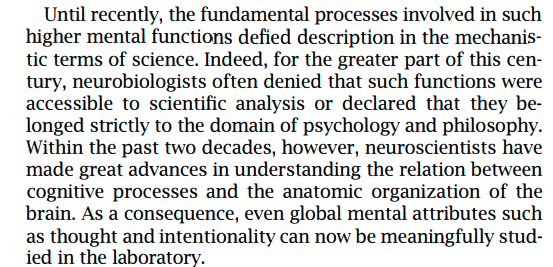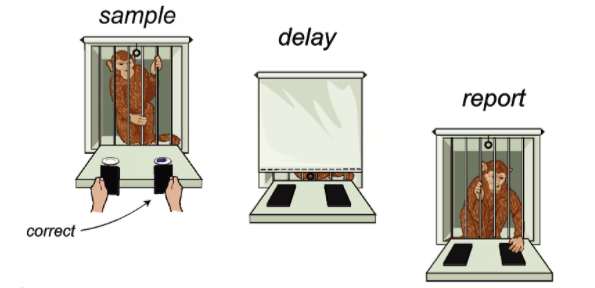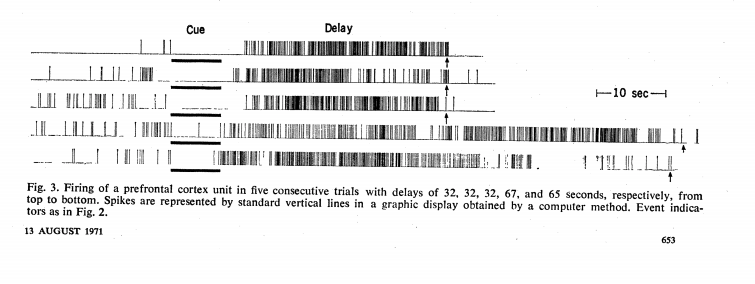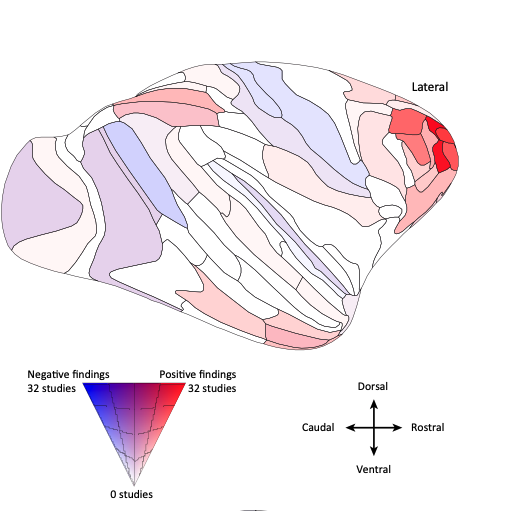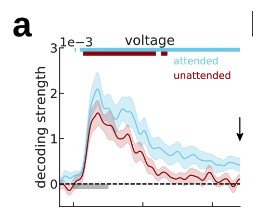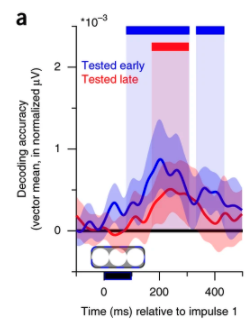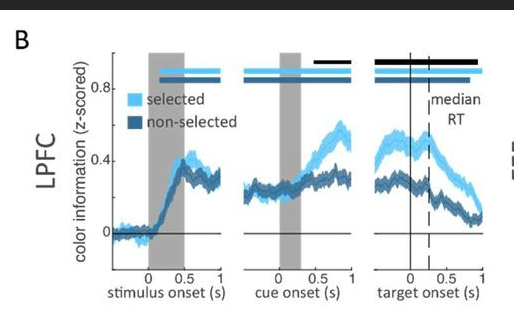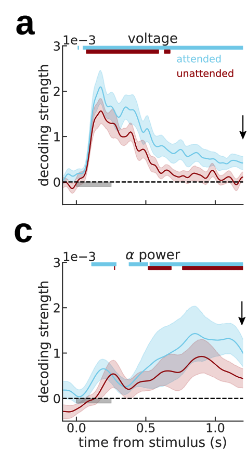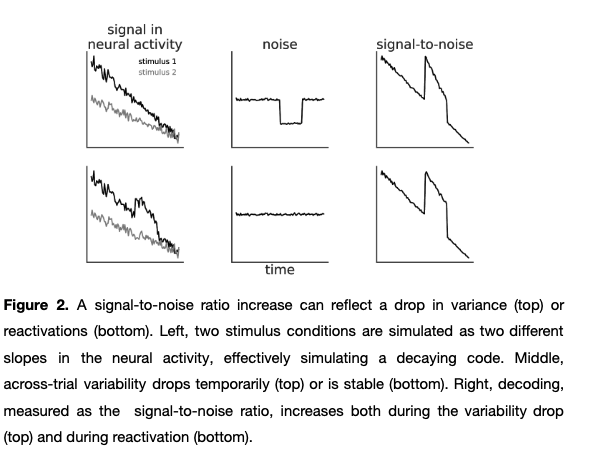Do I hear you asking: "Are working memories maintained in persistent activity or as ‘activity-silent’ codes?"
Thread! (1/20)
Thread! (1/20)
Until the 1950’s, neurobiologists often denied that neuronal mechanisms of working memory could ever be unveiled (Goldman-Rakic Sci Am 1993). (2/20)
Until some studies found that lesioning certain brain regions (such as the monkey PFC) impaired working memory. See the ongoing thread by @JulioMTNeuro for a great review of those old experiments. (3/20)
These findings paved the way for the groundbreaking work of (Fuster and Alexander 1971) and (Kubota and Niki 1971). Almost simultaneously, these two groups (USA and Japan) found what is until today regarded by many as the neural correlate of working memory: (4/20)
During the delay period, when monkeys had to remember which plate to choose, some neurons kept firing throughout the whole interval. (5/20)
Many studies (too many to cite here, see review by @leavittron and @JulioMTNeuro in Trends in Neurosciences) after them replicated this finding and discarded potential confounds such as motor preparation. (6/20)
But wait! Some, especially those recording outside PFC or using non-invasive recording techniques (e.g. EEG, see @tbchristophel review in Trends in Cognitive Sciences), could not find persistent activity. (7/20)
Here you must be thinking "too bad, absence of evidence is not evidence of absence", and you are right. But really, those negative results have been at the center of what is called the “activity-silent” theory of working memory for a while. It goes as follows: (8/20)
Instead of relying on persistent activity (which can be measured), WM could be stored by some unspecified sub-threshold mechanism, e.g. some form of short-term plasticity or even single channel adaptation (which cannot be measured in vivo with current techniques) (9/20)
Recently, 2 EEG studies ( @mijowolff, @StokesNeuro et al and Rose, @postlelab et al) have provided POSITIVE evidence for “activity-silent” WM. “In EEG? How is that possible?”, you ask. Well, currently unattended (but still important) working memories could not be decoded (10/20)
I can hear you complaining: "more negative evidence?" No, wait! After a visual or TMS pulse, unattended memories were decodable from EEG, in strong resemblance with reactivations present in the earliest model of activity silent working memory (Mongillo, Barak et al). (11/20)
These are exciting results, but something doesn& #39;t seem right. (12/20)
Why? Previous (Watanabe & Funahashi NN 2014) and recent ( @MattPanichello & @timbuschman Nature 2021) recordings from the monkey PFC have found that unattended memories are very clearly encoded in persistent activity. (13/20)
But that’s monkeys, maybe humans are different, you speculate? Not really. (14/20)
In our recent preprint w/ @dieloz10 and A Compte we show that unatt. mem. (UM) can be decoded also from EEG alpha power, instead raw voltages. (See also work by @tbchristophel for more decoding of UM in fmri) (15/20)
https://psyarxiv.com/qv6fu/ ">https://psyarxiv.com/qv6fu/&qu...
https://psyarxiv.com/qv6fu/ ">https://psyarxiv.com/qv6fu/&qu...
(here we were heavily inspired by the work of @Josh_J_Foster, @M_ostlyHarmless, @ee0112 and many other folks at @AwhEdward & Ed Vogel and @stevenjluck labs) (16/20)
I hear you say “OK, so not being able to decode unattended memories was just another negative finding being over-interpreted, but what about the reactivations?” Thanks for asking! You can find ONE answer to this question in our latest preprint. Very briefly: (17/20)
Increased decoding accuracy can occur because of a signal increase (as expected by “true” reactivations) or by reduction in across-trial noise (which we know happens after a visual stimulus @MarkChurchland et al). (18/20)
Note that reducing across-trial noise could be exploited by the experimentalist& #39;s decoder, but not by the brain which needs to operate on each trial. (19/20)
Please refer to our preprint for more details and further open questions and thank you for reading this far! (end) https://psyarxiv.com/qv6fu/ ">https://psyarxiv.com/qv6fu/&qu...
Bonus: why being able to decode WM from EEG discards silent WM? https://twitter.com/jgomezlavin/status/1385687418574184449?s=19">https://twitter.com/jgomezlav...

 Read on Twitter
Read on Twitter